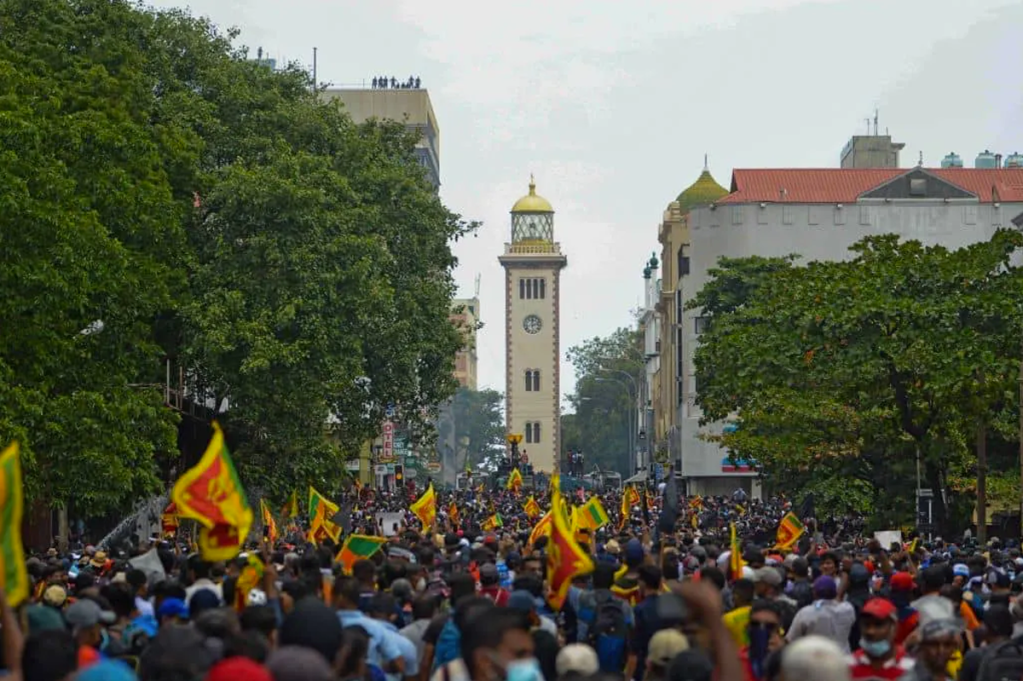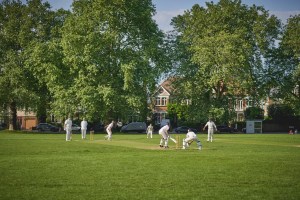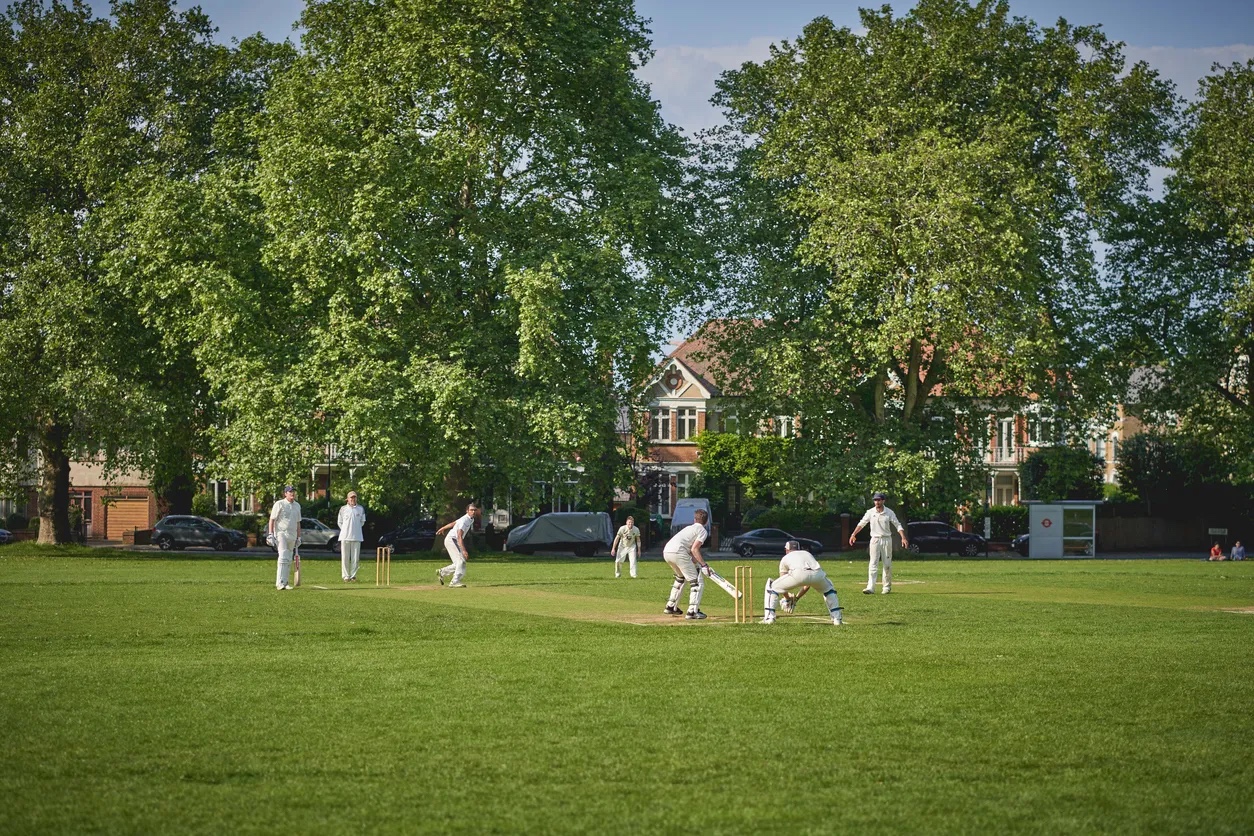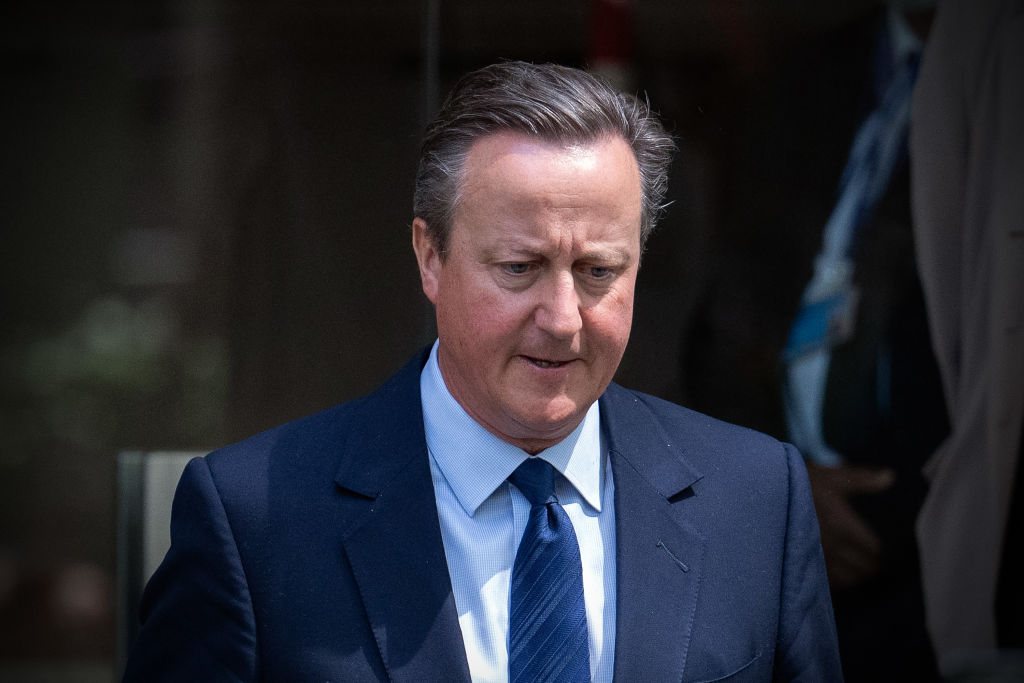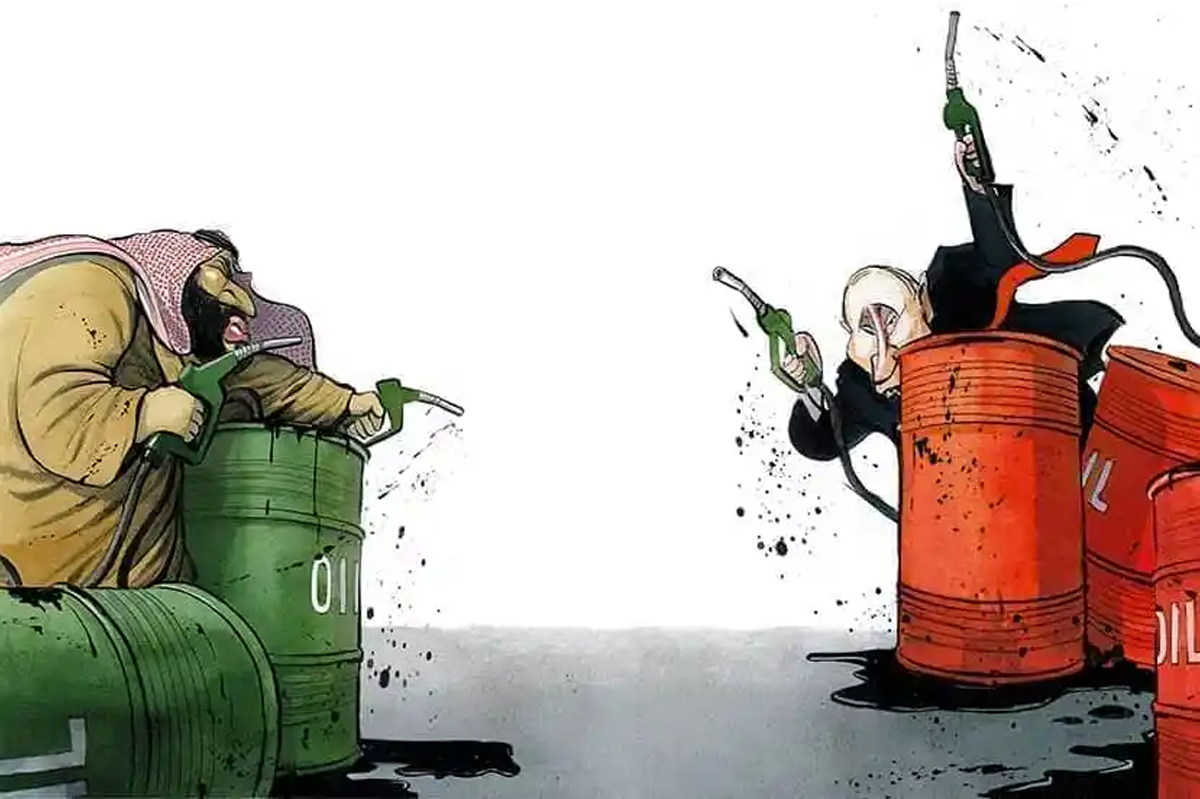The late great Sunil Perera, popular Sri Lankan singer and satirist, lamented that people should be clamoring to come to our beautiful island. But with each passing decade more of us find more reasons to escape. Today, the lines at the passport offices snake around the block as many Sri Lankans seek to escape the recent turmoil.
Most Sri Lankans are stuck in slow-moving lines of one form or another, scanning the horizon for the next tsunami, hoping their heads will stay above water. Fortunately, the lines for gasoline recently eased slightly, thanks to QR codes and some common sense by our newly appointed leaders. But if credit lines from friendly neighbors dry up, as expected, then they will likely return.
So who is to blame for the mess here? The Aragalaya (the Sinhalese word for “struggle’”, as the island-wide protests came to be branded, blamed the ruling Rajapaksa family, three of whom were forced to step down, including the president, Gotabhaya Rajapaksa. While few would deny the catastrophic effects of tax cuts, money-printing and fertilizer bans, some would argue that decades of neoliberal budget deficits, a bloated public sector and shameless kleptocracy had the nation on the brink for decades. When Covid killed the tourist industry for two years and the war in Ukraine disrupted supply chains, Sri Lanka tipped into the abyss, with rock bottom yet to be reached.
A narrative in the western media is that of the Chinese debt trap, citing the massive white elephant infrastructure projects like Colombo’s phallic lotus tower and its impotent Hambantota airport, which China now owns. But Sri Lanka was promiscuous in its borrowing, and China, along with Japan and India accounts for less than 25 percent of total debt, with the rest in international sovereign bonds from brokerage firms across Europe and America. Others point with glee to the island switching to organic fertilizer, as a cautionary tale for other nations flirting with Green New Deal policies. The Rajapaksas have been accused of many things, but not of being woke environmentalists. That policy was more likely a last-ditch attempt to salvage forex.
Regardless, portioning blame for our woes was so last month. The Aragalaya has proved a victim of its own success. The July 9 protests deserved their place on the world’s front pages, and not just for the absurd comedy of the protesters bouncing on the president’s bed. It united all factions of a divided nation across race, class and generations and focused then on the single-minded goal of sending Gota home. Though not much thought was given to what would happen next.
What did happen was that six-time Prime Minister Ranil Wickremasinghe — no one’s idea of the ideal candidate, least of all the electorate that rejected him — ascended to the throne on the backs of parliamentarians who once backed the Rajapaksas. Wickremasinghe wasted little time in flexing muscle. The past weeks have seen the Aragalaya dismantled by state violence, its factions demonized as terrorists and its visible faces hounded and arrested for grave crimes like stealing the president’s mug and breaking his chair. Members of Parliament who once hurled furniture across government chambers, however, have been reprimanded with ministerial posts.
The reaction from Sri Lankans on social media has been divided and the response from the Bar Association muted. Many argue that political instability will undermine efforts to secure bridge financing for now and IMF financing for tomorrow. Replacing a corrupt administration took three months; Sri Lanka no longer has the luxury of time. Others say the Aragalaya has been taken over by radicals, and for those who lived through the terror of 1989, we know where that kind of talk can lead. There is little evidence, however, that Sri Lanka ever learns from its errors. With law and order distracted, robberies and gangland killings are on the rise, and if food and medicine are the next goods to run out, things will escalate exponentially.
But yet amid all these uncertainties, anxieties and absurdities, there is still hope. Those stuck in gas lines that stretch across blocks, share meals, theories, songs and fellowship, and for the most part, keep tempers from fraying and tensions from rising. Those who can afford to switch to solar panels, charcoal stoves and invest in overpriced bikes. Some rich folk raise their walls, but many others extend their hands to those who are struggling.
And then there is the Centenary Movement. An organization of educated young activists and reformers whose goal is for Sri Lanka to be a fully developed nation by 2048, the 100th anniversary of its independence from Britain, the last of its three colonizers. The group’s vision is both impressive and inspiring. Its membership stretches across provinces, races and genders, and its trilingual website outlines a ten-step manifesto for building a nation based on meritocracy, inclusivity, diversity, compassion and innovation. Platitudes that would sound utopian from any current politician sound strangely hopeful amid all this noise. The Centenary Movement’s initiatives include a political academy for a new generation of leaders, an advocacy unit to educate the populace on policy issues, and a political platform, which could provide a viable option in 2023 for an electorate tired of venal incompetence.
The Aragalaya of July 9 may have been dismantled for now, but the struggle will continue, led by those who have no other choice but to stay. If peace and prosperity by 2048 is the goal, we better get started now.
This article was originally published on The Spectator’s UK website.



